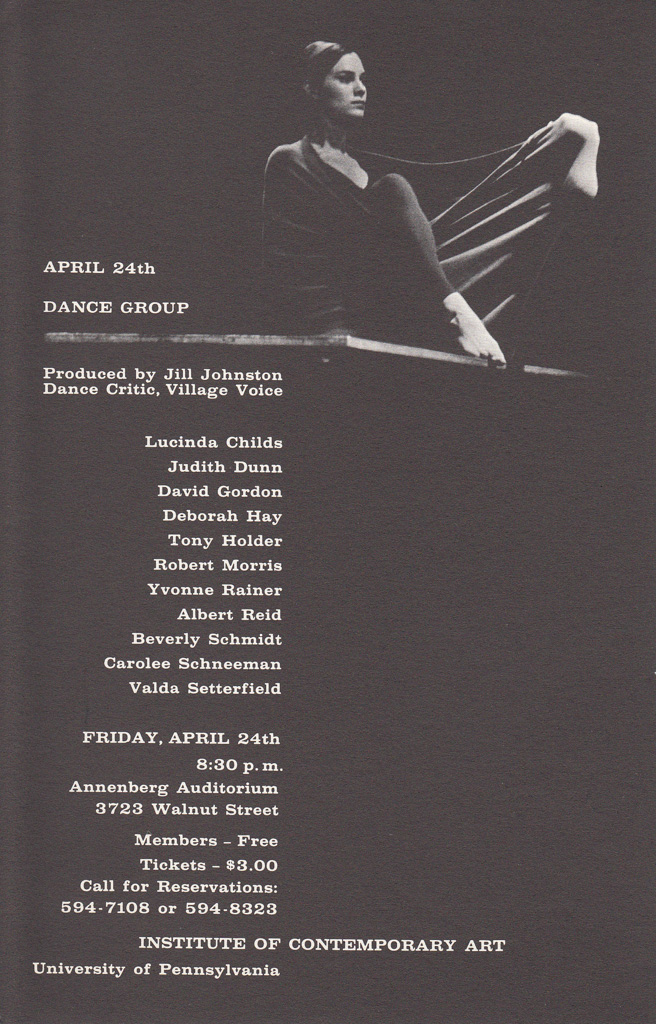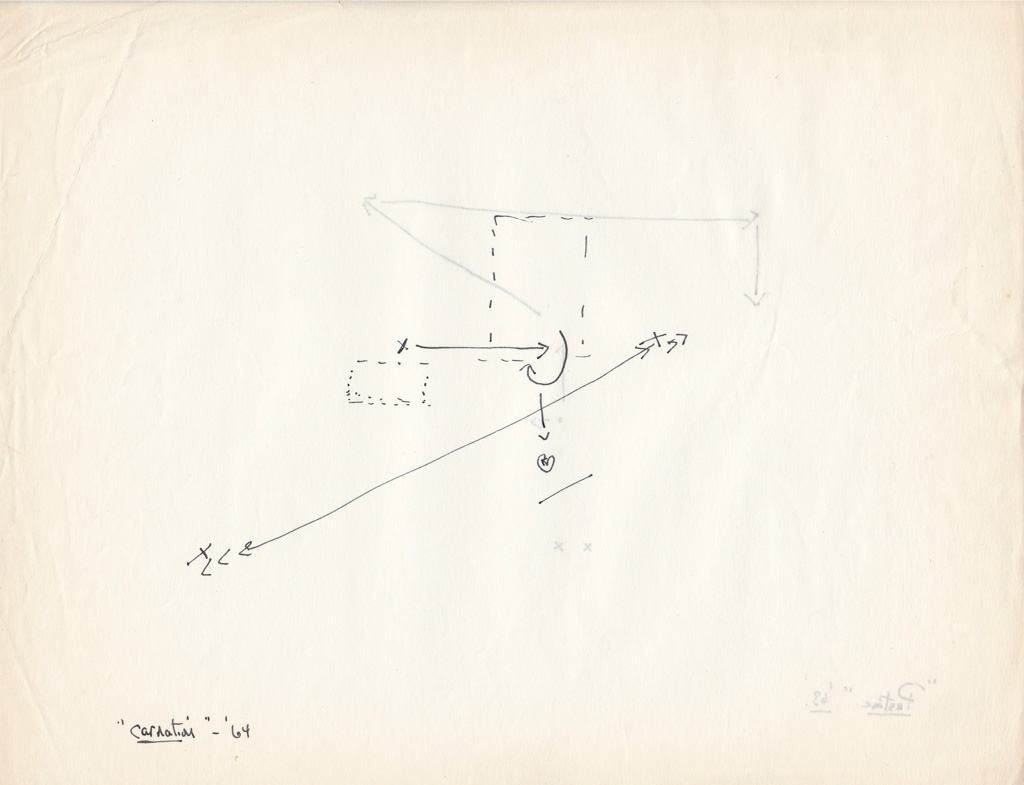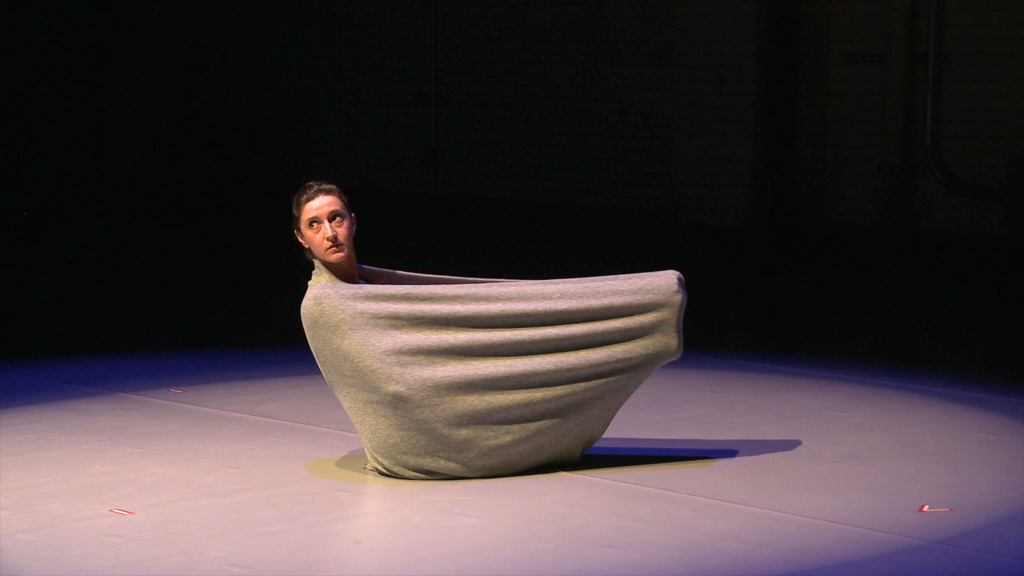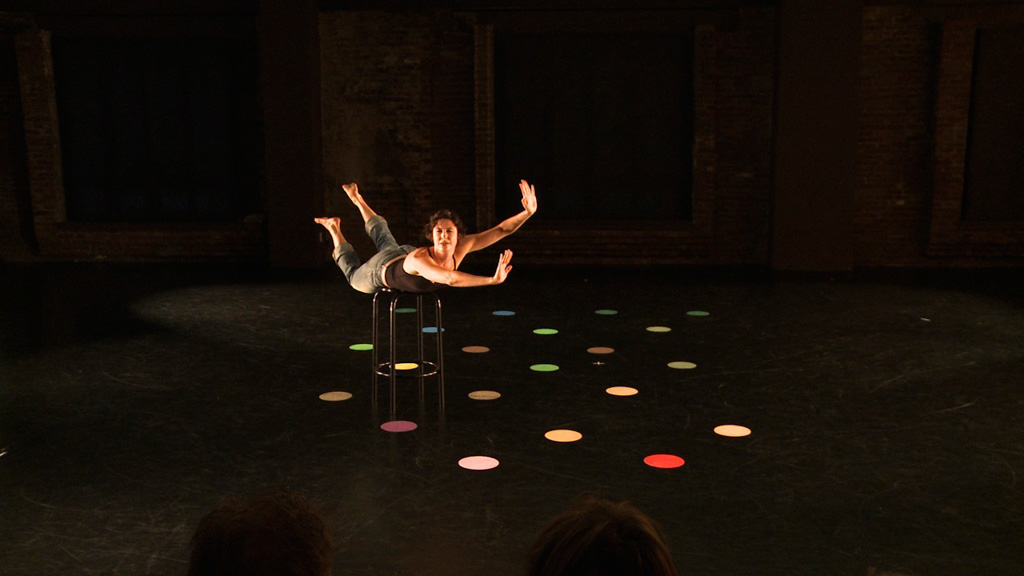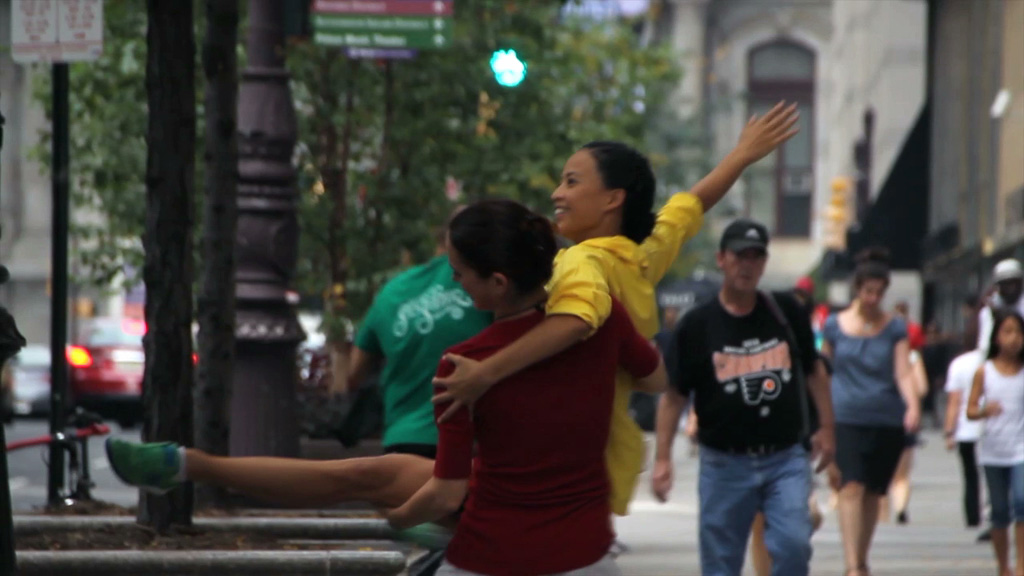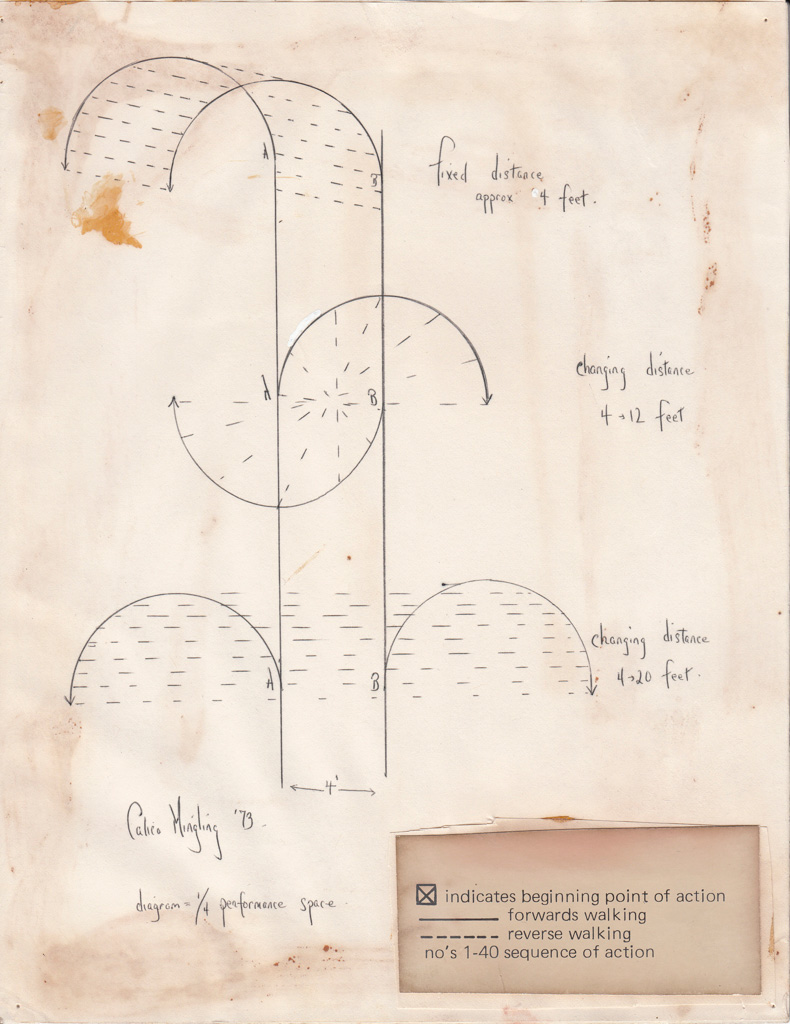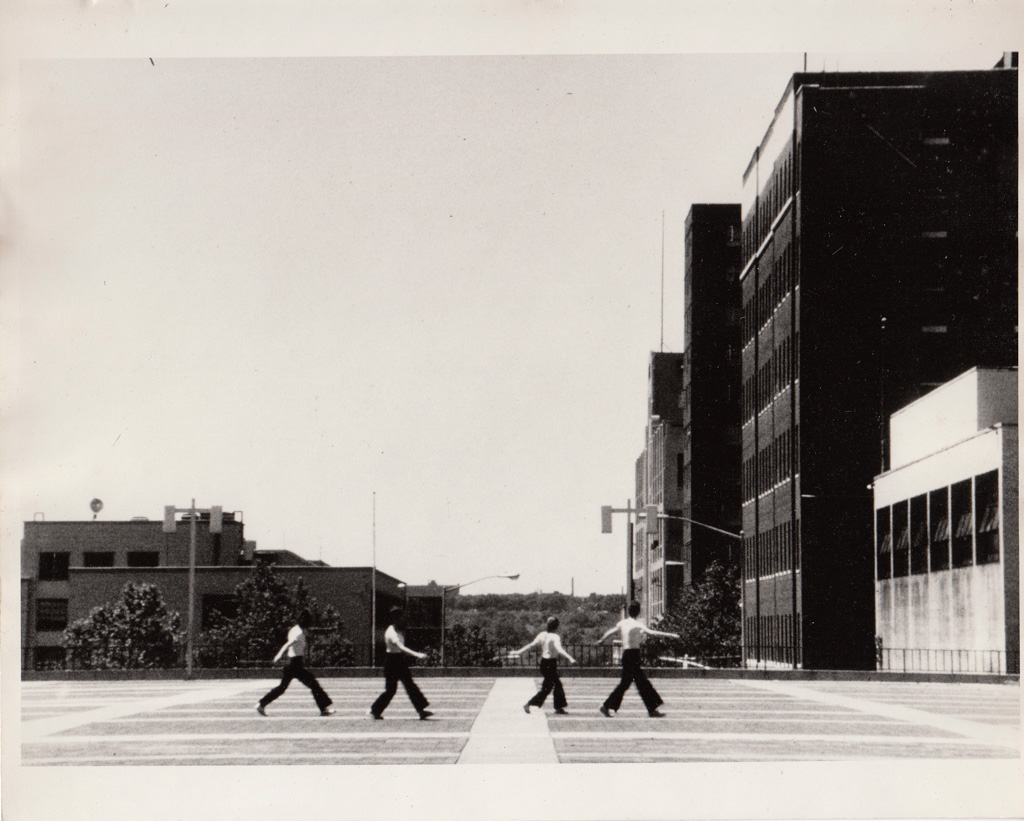By comparison, what about Trend (1937), Hanya Holm’s famous dance (with a set by Arch Lauterer)? Could it ever be revived or reconstructed? The answer is no, unless by some miracle there are films of the dance stored away at Bennington College that have yet to be discovered. Thus while the Graham repertory survives more or less intact, many of the works of José Limon, Doris Humphrey, Charles Weidman, and Holm, among many others, are missing and lost forever.
But documentation itself isn’t the answer. During the past fifteen years, I’ve been invited to set existing works of mine on other companies, mostly in Europe, and have found this challenging and rewarding. It was especially satisfying to be in the company of former Balanchine principal dancers at the New York City Ballet, such as Patricia Neary and Karin von Aroldingen, and to watch them setting Balanchine works on the dancers. I noted how skillfully they involved the dancers in the structure of the work. It helped me learn how to prepare for my own rehearsals and to work efficiently. It is important to make the choreography work and come alive for the dancers and be right for them, and it is also important to be ready to adapt. Now with new digital technology, all choreography could be saved and preserved with qualified professionals at hand without the direct involvement of the artist who created the work. Whenever I revisit a work I sometimes find that changes are necessary, especially—for example—with the recent revival of Einstein on the Beach. For the second “Field Dance,” the material is the same but it has been entirely restructured for the new group of dancers that I have worked with since 2009.
This essay was completed on August 14, 2014.
